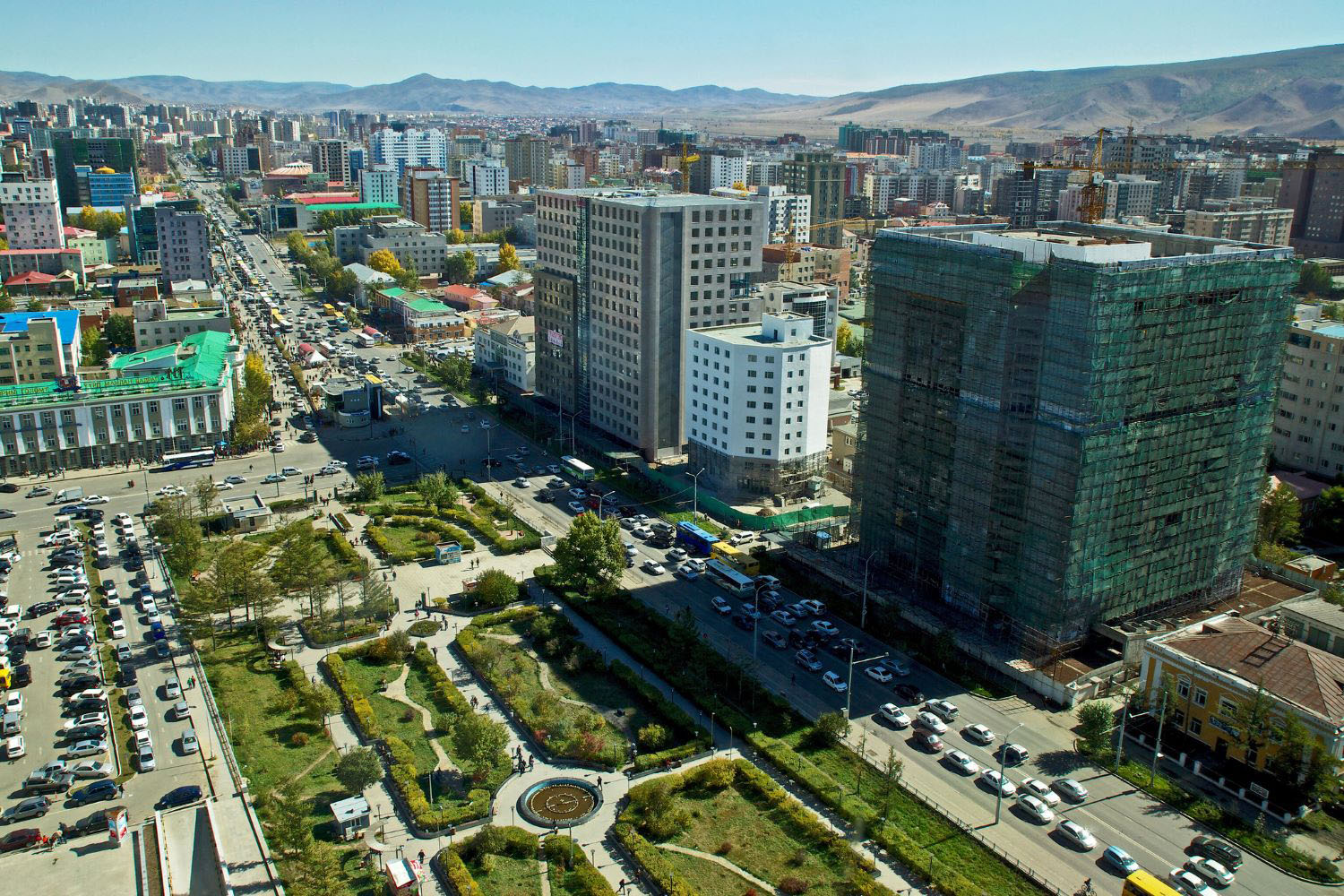I said in an earlier blog on the upcoming replenishment of the World Bank’s soft lending arm that I thought IDA is the world’s most effective source of external finance for overall development in its poorest countries. Perhaps it’s worth setting out the evidence for that in a little more detail.
IDA focuses resources on the poorest countries (those with an income per person below $1,315). A dollar of assistance goes a lot further in lower-income countries, so that maximizes potential development impact.
And when you look at what everybody says makes for effective development assistance, IDA does it: it is aligned behind client country development strategies, works through local procurement and management systems, coordinates with other donors, and is focused on results. Perhaps most importantly, the considerable majority of all IDA finance reaches developing countries and is on budget, as compared to only about a third of overall overseas development assistance.
So perhaps it shouldn’t be a surprise the World Bank Independent Evaluation Group (IEG) says IDA projects deliver results: 82 percent of IDA projects were given a satisfactory or better rating by IEG in 2022 (up from 68 percent in 2012). For the IDA projects that have an estimated economic rate of return evaluated since 2010, the median return is 24 percent. And when countries stop getting support from IDA, their economic growth slows down.
Thanks to income per capita growth, forty-six recipient countries have graduated from IDA eligibility (although admittedly it hasn’t been all one-way: about a fifth of those countries have re-entered eligibility after their incomes declined due to factors including conflict, economic mismanagement, or commodity price declines).
World Bank surveys suggest that client countries like IDA (though they do think it could be less bureaucratic). AidData surveys of client countries suggest the World Bank/IDA is considered one of the most helpful (top five) and influential (top two) of donors.
That will be one reason why IDA gets paid back by its client borrowers—in June 2023, just 0.5 percent of all outstanding IDA loans were in nonaccrual status. And then IDA lends that money out again to clients: about a third of its new lending is currently supported by reflows.
Meanwhile, it is a vote of confidence that fifty-two countries donate to IDA (and the largest donors only account for ten percent of total contributions). Nine IDA graduates are now donors, as are two countries, Nigeria and Pakistan, that still receive IDA finance. And donors and civil society keep on asking it to do more—new financing windows, new policy commitments—because they know IDA delivers.
It’s not perfect—for example the (small) IDA Private Sector Window isn’t on budget or aligned behind client country priorities. But it is still a neat trick that IDA as a whole manages to be client-driven while meeting a raft of donor priorities and efficiently delivering broad-based development in the world’s poorest countries that need it most. That’s what successful multilateral cooperation gets you.
CGD blog posts reflect the views of the authors, drawing on prior research and experience in their areas of expertise.
CGD is a nonpartisan, independent organization and does not take institutional positions.





